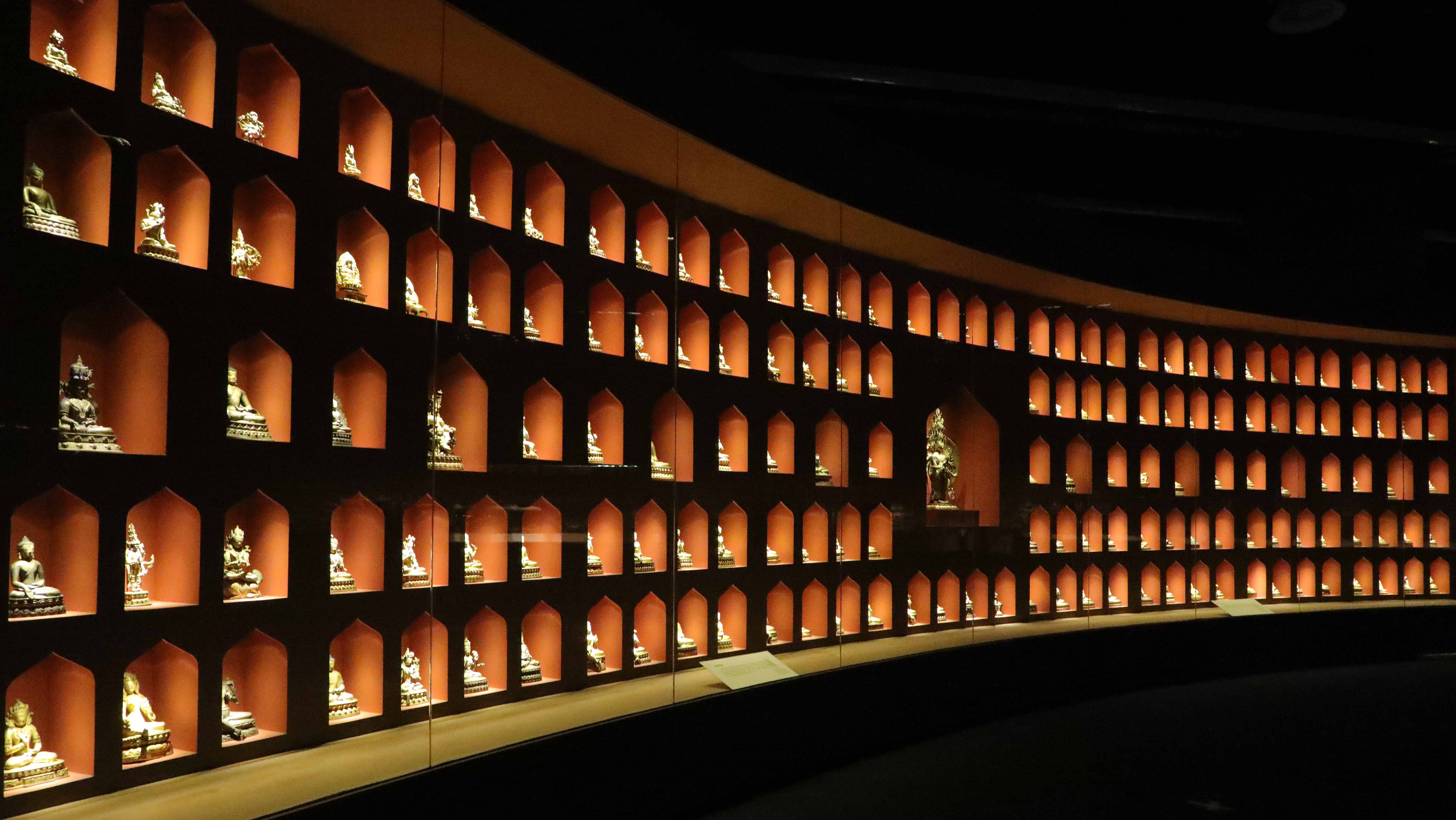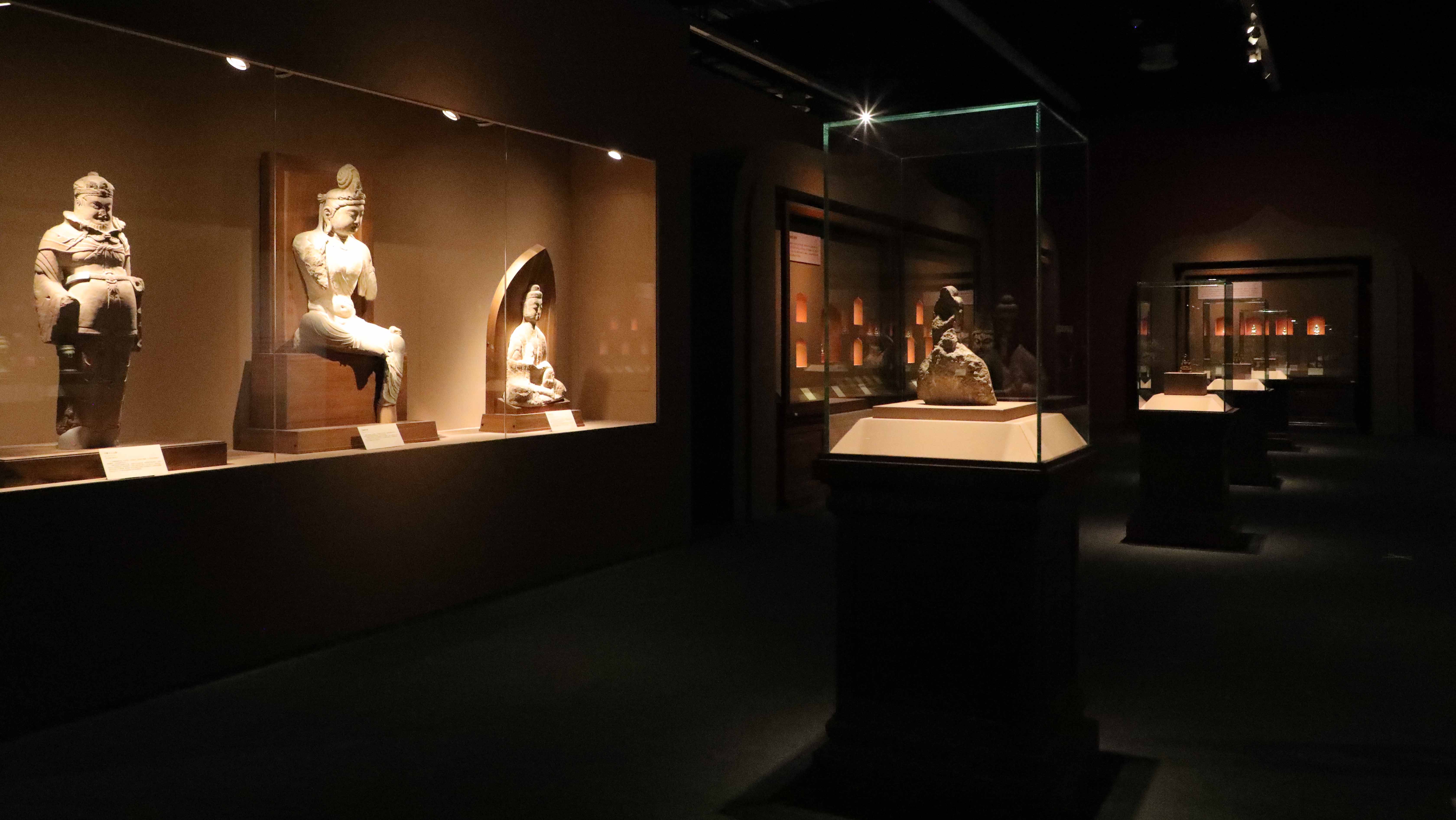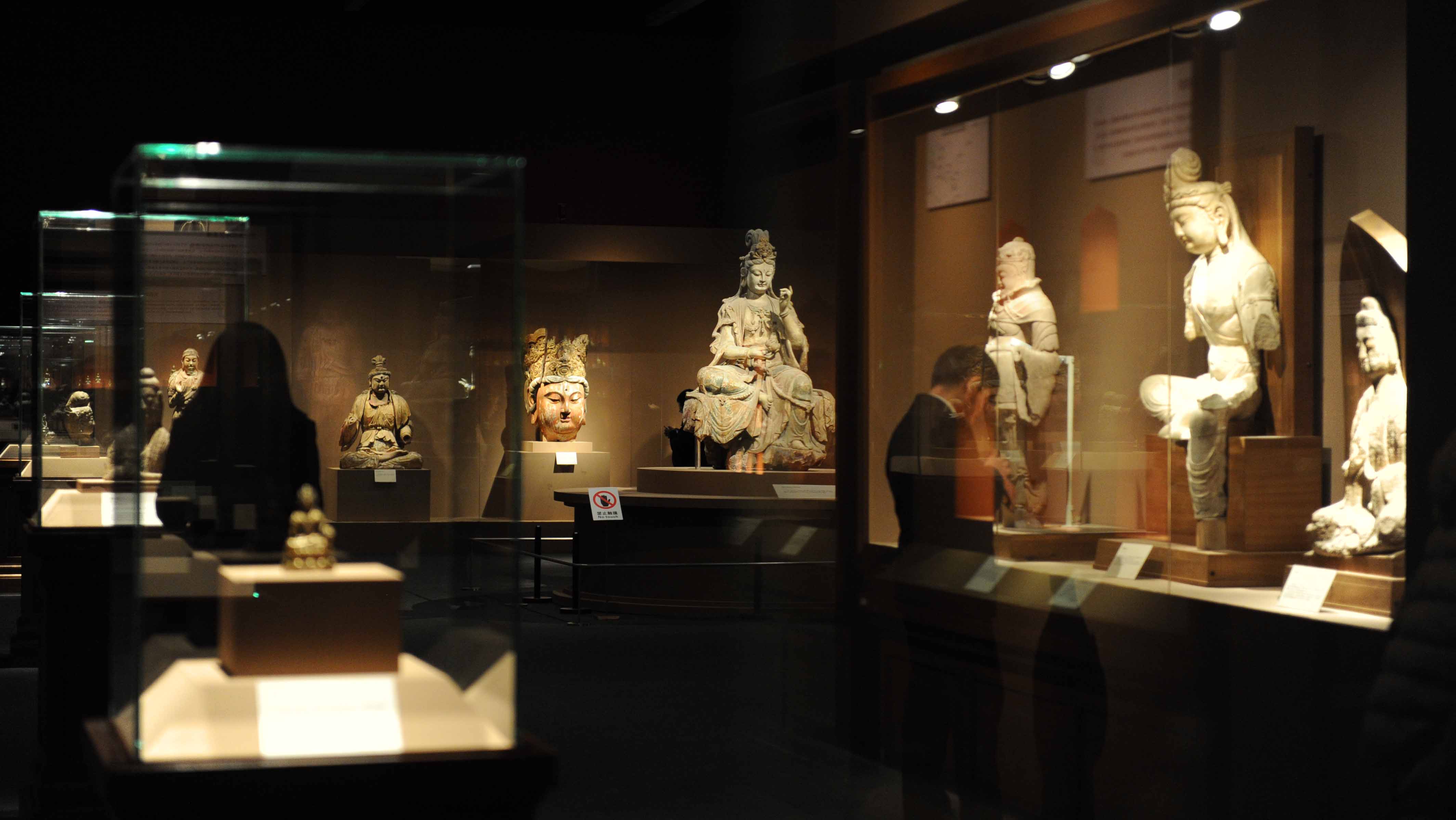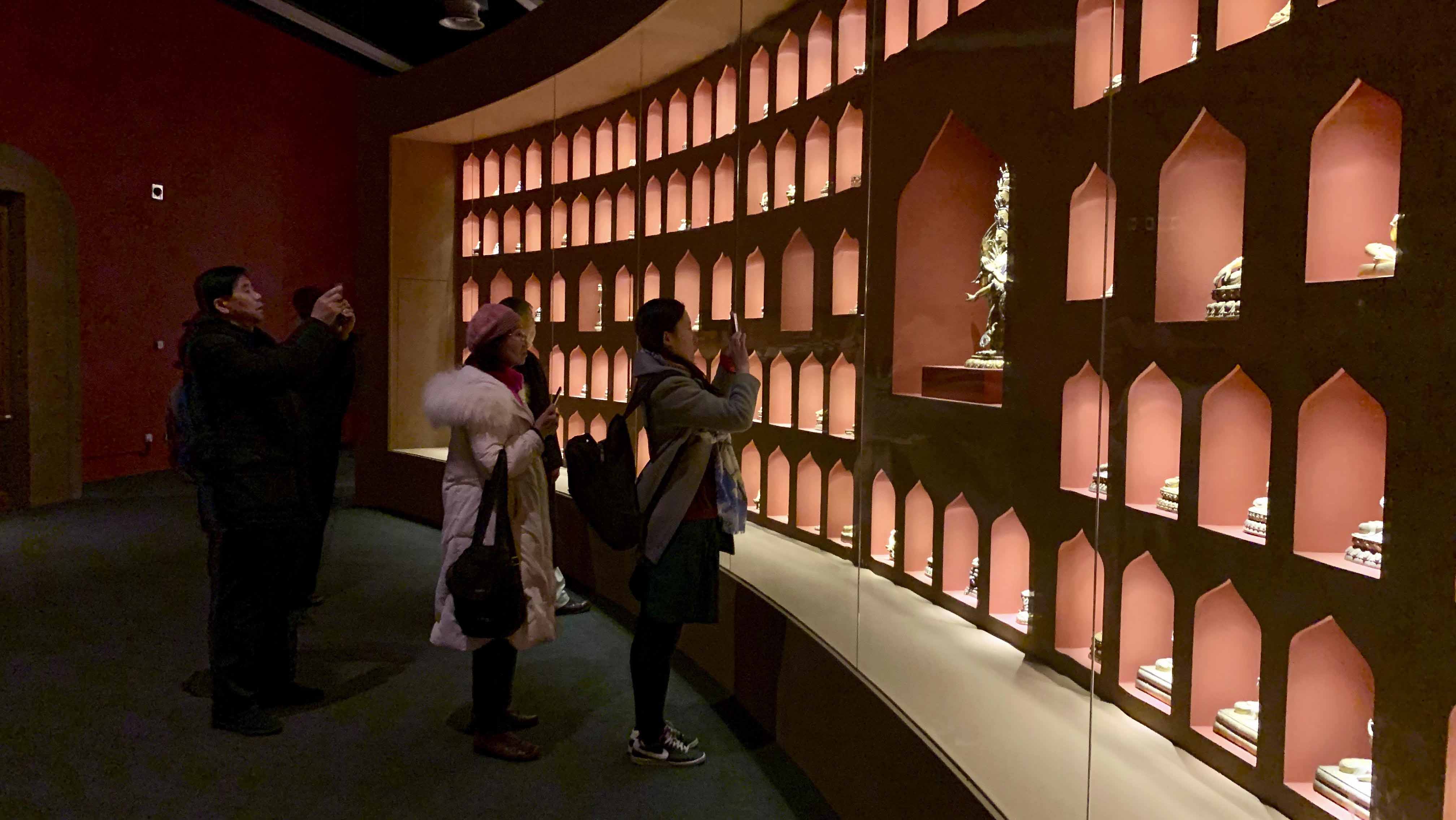The Chinese culture, diverse but integrated, open and inclusive, extensive and profound, stretches back over 5,000 years. As an important part of the fine Chinese tradition, the core content of Buddhist culture has been deeply integrated into the cultural genes of the Chinese nation. The National Museum of China presents the exhibition “Ancient Chinese Buddhist Sculpture” with 265 exquisite Buddhist statues from its collection, aiming to outline the complete development of the Buddhist sculpture art in ancient China, systematically display the splendid shapes and rich connotations of Buddhist statues from different regions and facilitate the creative transformation and innovation development of China’s fine traditional culture.
During the Axial Age of human civilization, the ideological principles advocated by Confucius, Socrates, Sakyamuni and other major philosophers of that age largely shaped the cultural traditions of different civilizations and had a lasting impact on life in different regions. Originating in ancient India, Buddhism was introduced to China and developed through its fusion with Chinese Confucianism and Taoism, eventually evolving over time into a distinctly Chinese Buddhist culture, which has left a profound mark on Chinese religious beliefs, philosophical concepts, literature, art, etiquette, customs and other aspects. Chinese Buddhist thought and theory, which have developed through the rich nourishment of Chinese culture, spread from China to Japan, Korea and Southeast Asia, and profoundly impacted the development of the local economy, society, culture and thought in these regions. Permeated by Chinese civilization and accompanied by the spread of Buddhist ideas and concepts, Chinese Buddhist statue art has gradually developed into an art system with unique Chinese cultural connotations, distinctive period styles and regional stylistic characteristics.
Most of the Buddhist statues on display in this exhibition were created in China under the influence of Buddhism, while some were created in ancient India and brought to China by Buddhist monks. The earliest specimens date back to the 5th century AD, with more than 170 objects, including iron Buddhist statues and bronze arhat statues, on display for the first time at the National Museum of China. Among these exhibits, the clay Buddhist statues unearthed in Xinjiang are stately and handsome, with a clear Central Asian influence; the statues of the Buddha from the Yungang Grottoes in Shanxi, that of the Bodhisattva from the Tianlong Mountain Grottoes, and the statue of the Heavenly King from the Wanfo Temple (Ten Thousand Buddhas Monastery) in Sichuan display different styles, highlighting the artistic preferences of the two major statuary systems from the north and south at different times; the wooden statue of the seated Bodhisattva Avalokiteshvara is delicately carved and elegantly modeled; the Longquan kiln statue of the Bodhisattva Manjushri has a lustrous glaze, highlighting its imposing and smooth ceramic technique; the bronze Avalokitesvara statue signed with the inscription “Shi Sou” is a subtle example of the superlative art of casting and carving; the Tibetan Buddhist statues made by the royal court during the Yongle and Xuande periods are graceful, and the vivid statues of the founders of various sects of Tibetan Buddhism are on central display for the first time, which is particularly memorable. These fine works of Buddhist statuary highlight the extraordinary history of the Chinese nation’s prosperity, and have a powerful artistic impact and vitality.



